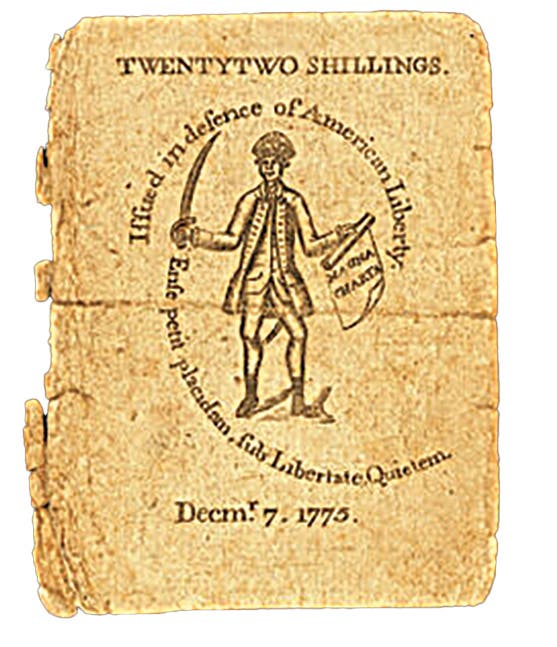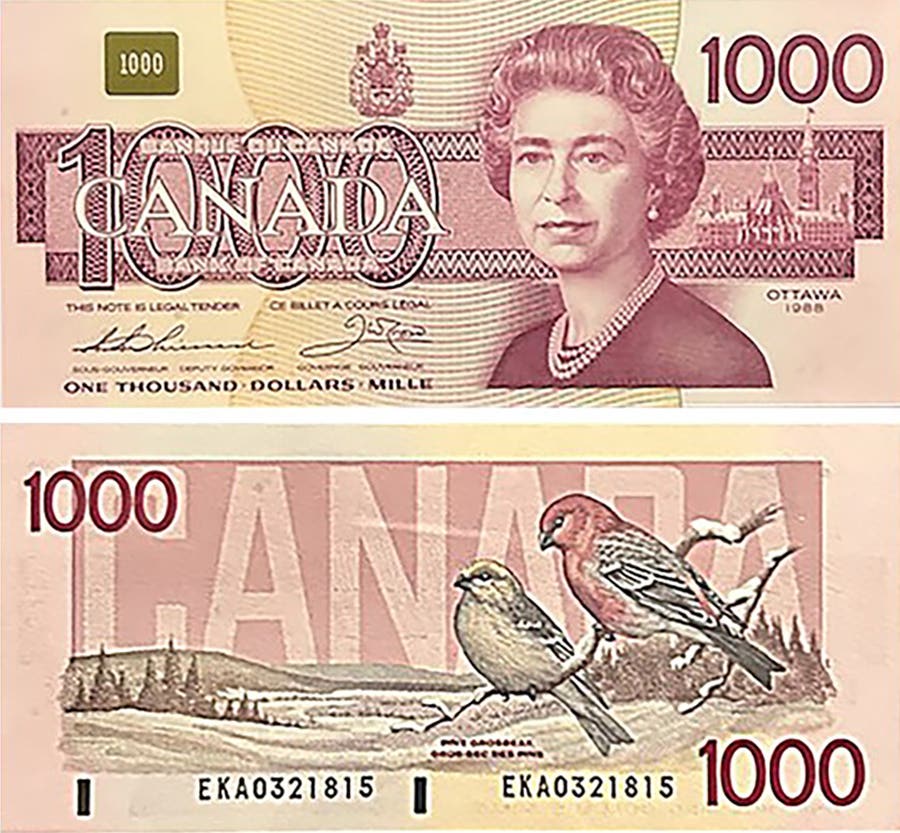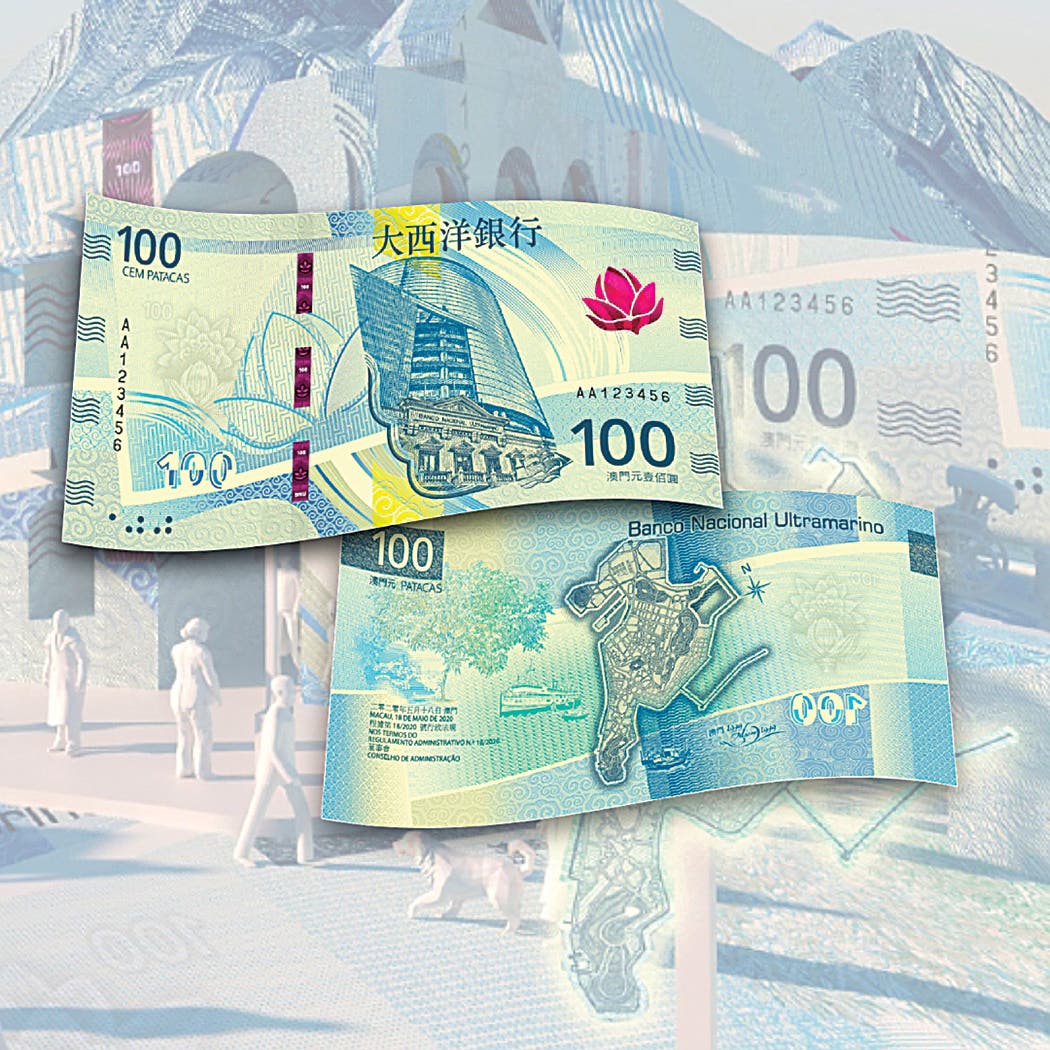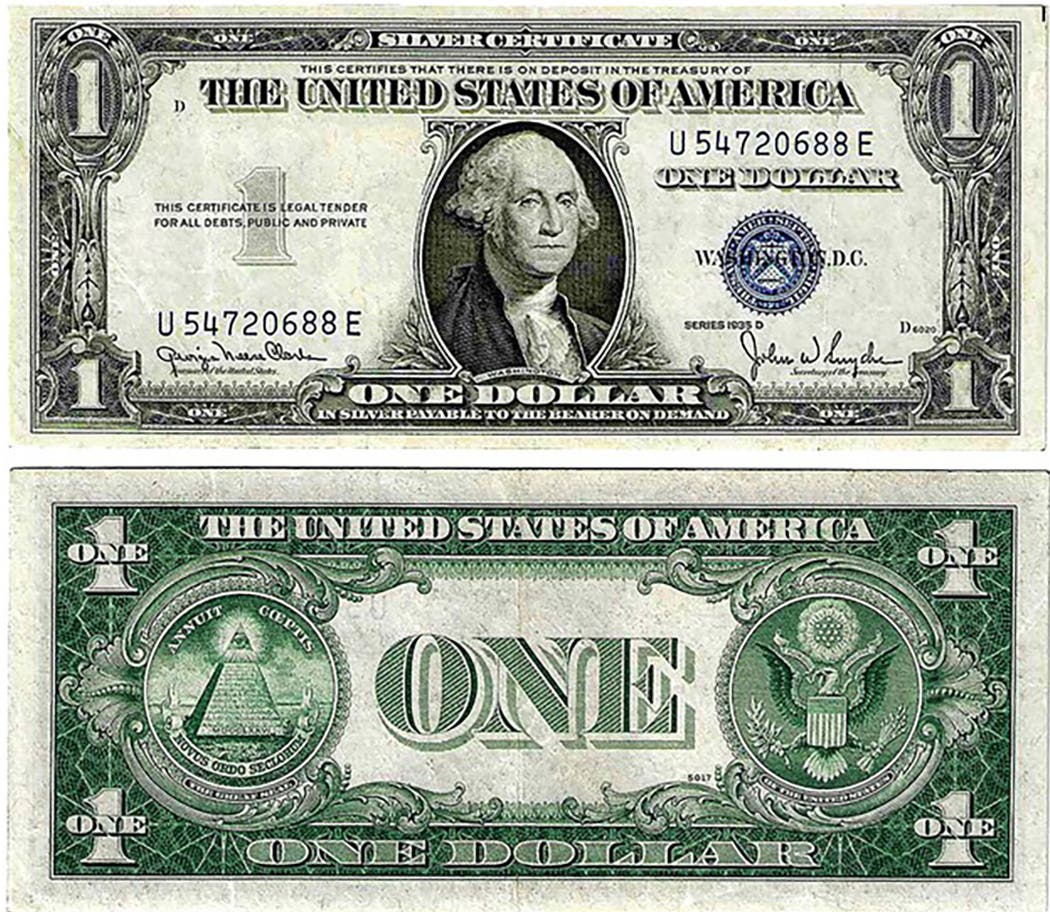Spink readies for New York sale
Jan. 13 finds Spink conducting a major bank note sale in New York at the Waldorf Astoria. Cataloging was far from complete at the time of writing. That said, sufficient…
Jan. 13 finds Spink conducting a major bank note sale in New York at the Waldorf Astoria. Cataloging was far from complete at the time of writing. That said, sufficient material was to hand to suggest all serious paper money collectors need to check the catalog with care, be it online or in hard copy.
Those into the issues of Central America will no doubt go directly to the three “Arias Seven Day” balboa notes of Panama that will be offered as a single lot.
Spink’s Barnaby Faull has scored examples of the rare 1941 five balboas (P-23a), 10 balboas (P24a), and 20 balboas (P25a). The first two are both graded PMG Extremely Fine-40, the 20 balboas PMG Choice Very Fine-35. An example of the 10 balboa sold earlier this year for $19,975 graded PMG Very Fine-25. In 2011 a five balboa took $11,210, a 10 balboa $16,520, and a 20 balboa $21,240. All those were in VF. The high grade of the present group sees it carry an estimate $100,000-120,000.
Those unfamiliar with this issue are probably aware that U.S. notes provide the de facto currency of Panama. It has been that way for a long time. Back in 1941 trenchantly anti-American President Arnulfo Arias introduced home-grown notes as part of a nationalistic reform program (P-22 to -25).
These were released on Oct. 2. On Oct. 9 the president took a trip to Cuba. The National Assembly seized the opportunity to depose him the same day and appoint Ricardo de la Guardia as president in his place.
Arias’ new currency issue was immediately withdrawn and the notes sent to the Mechanical Division of the Panama Canal for destruction. Hence the name, “Arias Seven Day Notes.” Any examples are rare today, more so when in higher grade.
Whatever the desirability of Panamanian issues the top estimated single world note is a splendid third issue 1666 Stockholms Banco 10 daler silvermynt, P-A57, in VF. It is well above average for its type and, given its extreme rarity, completely deserves its $25,000-30,000 estimate.
Among other desirable lots is a choice first issue Qatar and Dubai Currency Board five riyals (ND 1966), P-2a. Its PMG 65 Gem Uncirculated EPQ grade should engender some heated bidding on its conservative $3,000-3,500 estimate.
Earlier in the catalog is an El Tesoro de la Isla de Cuba 50 pesos specimen of Aug. 12, 1894, P-42s. Annotated “approved” it comes graded EF and carries a $2,000-3,000 estimate.
And Canadian collectors may well want to check out the obverse and reverse proofs on card of a Merchants Bank of Halifax, Nova Scotia, $20 dated July 1, 1869. Spink refers prospective bidders to “Charlton 465 14-04-06 for similar.” Graded good VF the estimate is $2,500-3,500.
Full auction details are available in both the published catalog and Spink’s website, www.spink.com, where collectors are advised to confirm any information given above.
This article was originally printed in Bank Note Reporter. >> Subscribe today.
More Collecting Resources
• Order the Standard Catalog of World Paper Money, General Issues to learn about circulating paper money from 14th century China to the mid 20th century.
• When it comes to specialized world paper money issues, nothing can top the Standard Catalog of World Paper Money, Specialized Issues .






